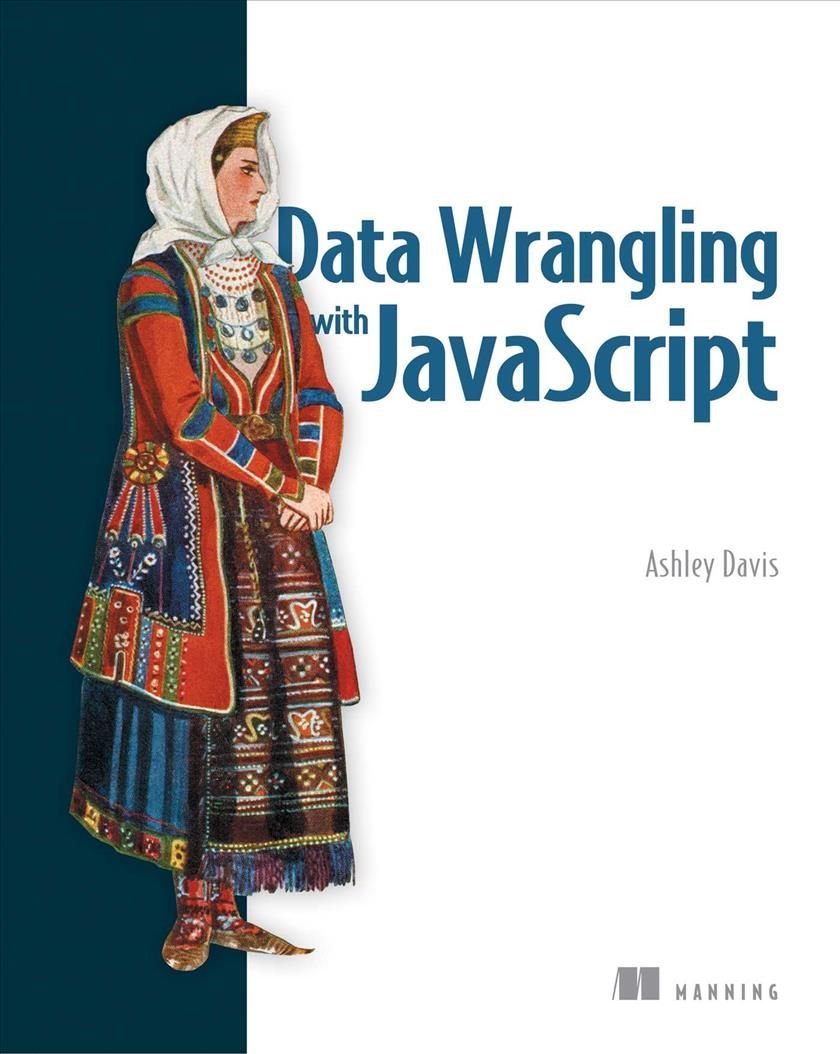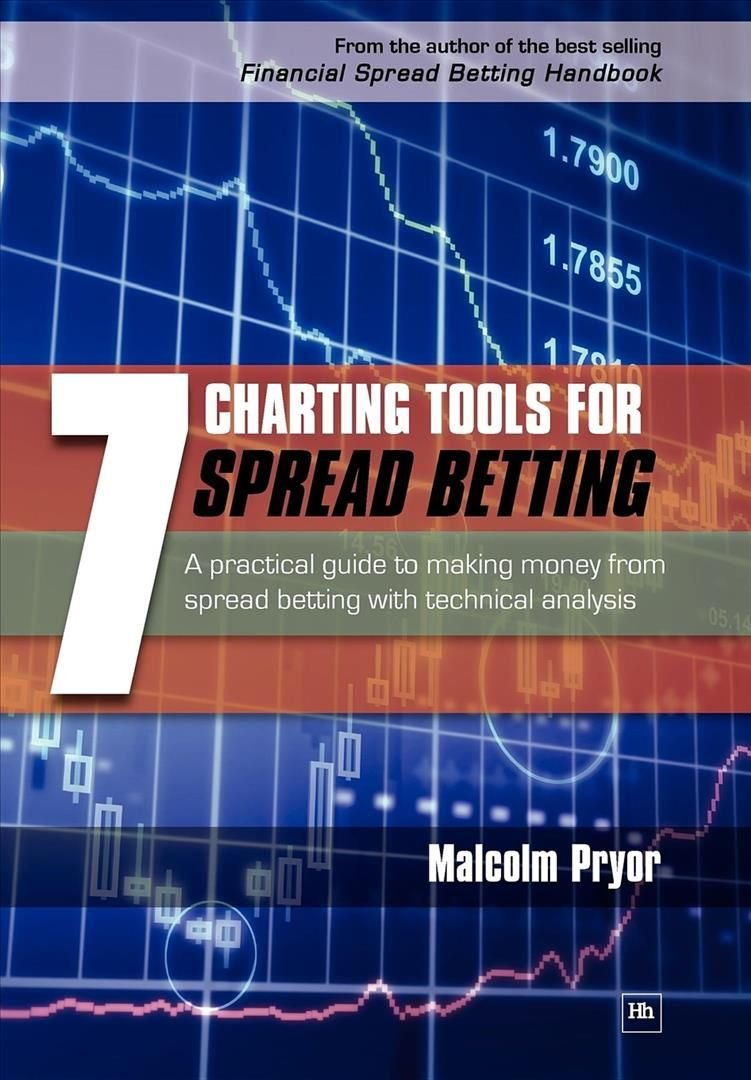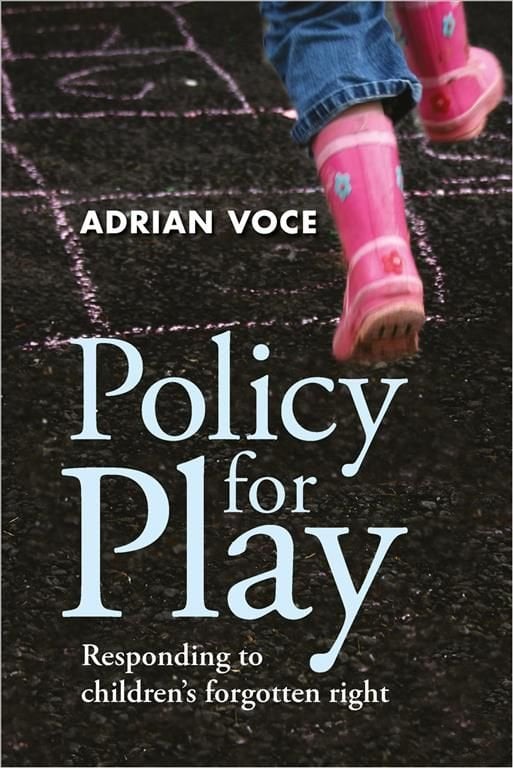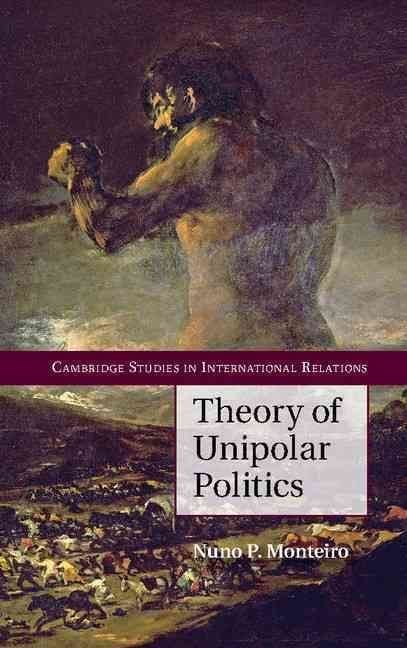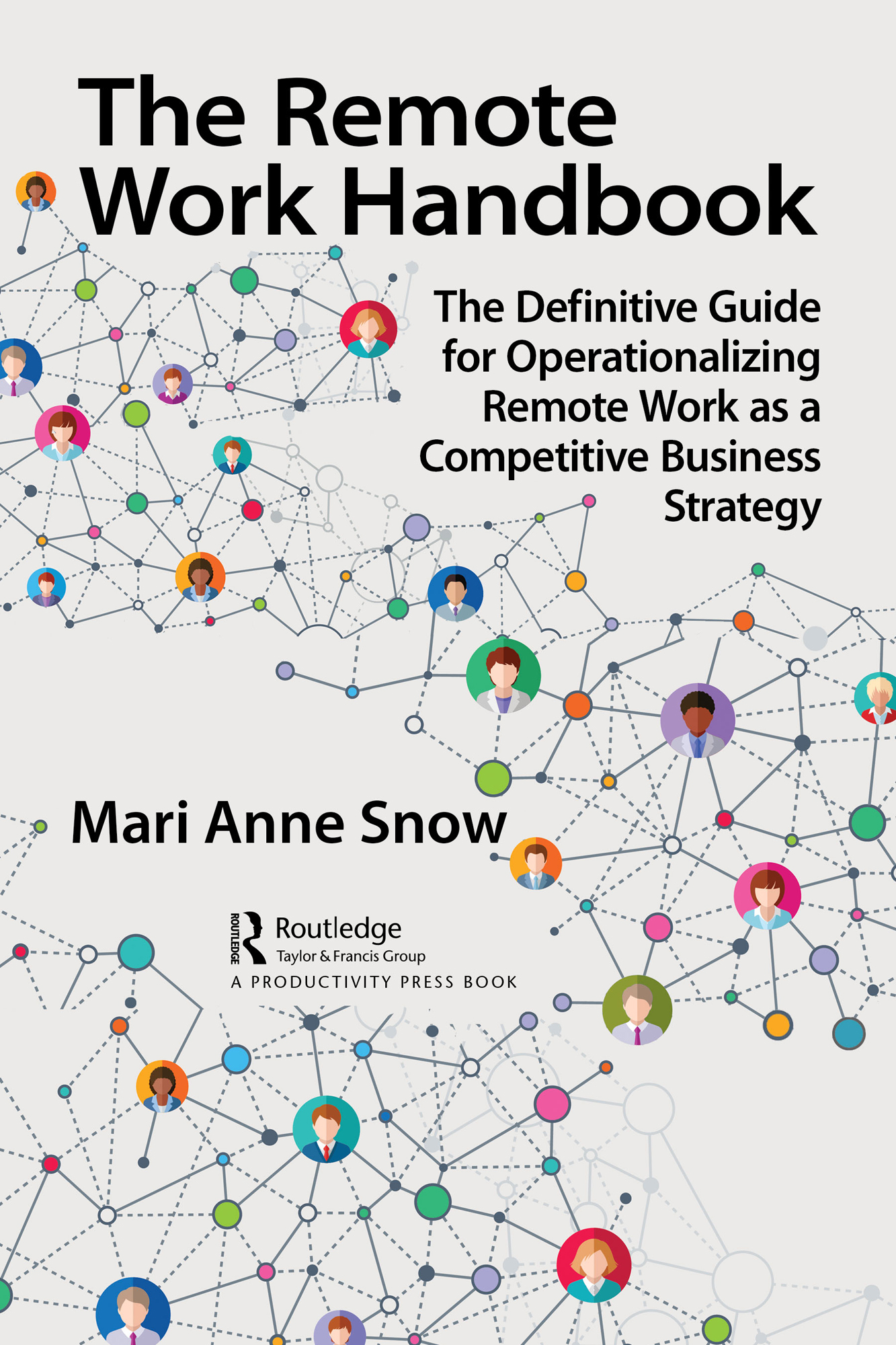The pioneering study by Bowman [1980) reawakened interest in risk and return relations in the strategic management literature. We do not examine this literature here because we have elsewhere reviewed it in detail 1 and because, for the most part, these studies have been confined to ex post data. Discussions of the strategies which subjects used to direct their ex ante evaluations of risks and returns have either been omitted or else have been only indirectly inferred from ex post data. In addition, with few exceptions, this literature does not attempt to ascertain the meanings that might have been assigned by subjects to terms like “risk” and/or the “returns” with which they have been concerned. Even fewer of these studies have attempted to ascertain how the subjects implemented their definitions en of prospective strategies. Thus, tius literature may route to arriving at evaluations best be regarded as bearing only indirect relations to the present study which is concerned not only with the meanings assigned to terms like “risk” and “return” but also with how these terms are used in arriving at risk and return evaluations of proposed strategies as well as how they are measured and used, on an ex ante basis en route to seeing how these evaluations match with ex post performance. In a sense, one part of this study–i. e.

